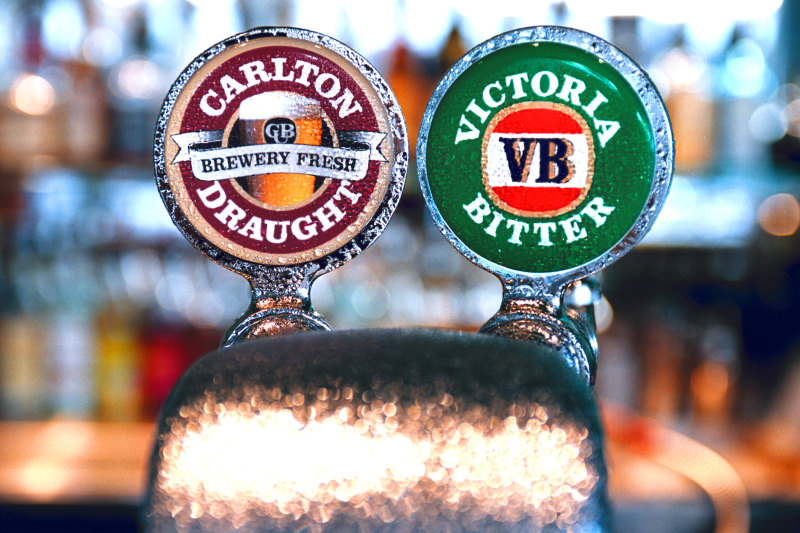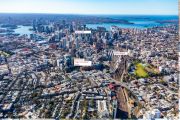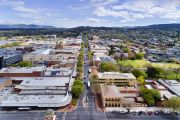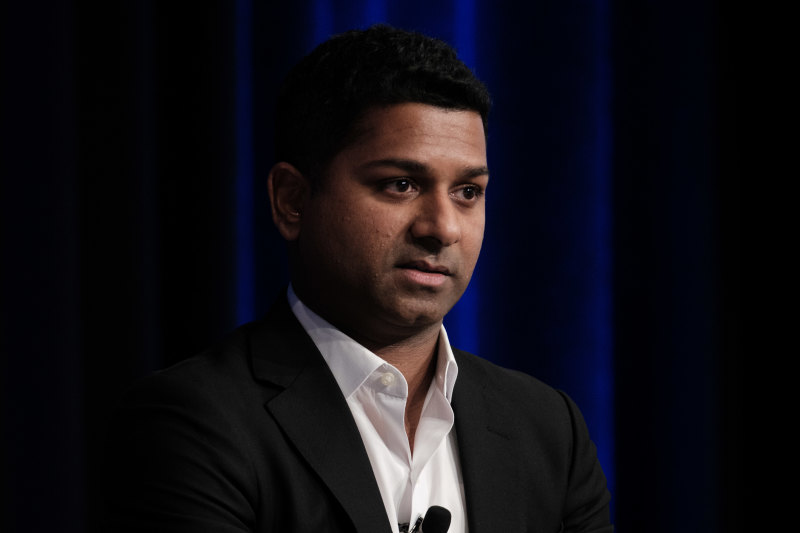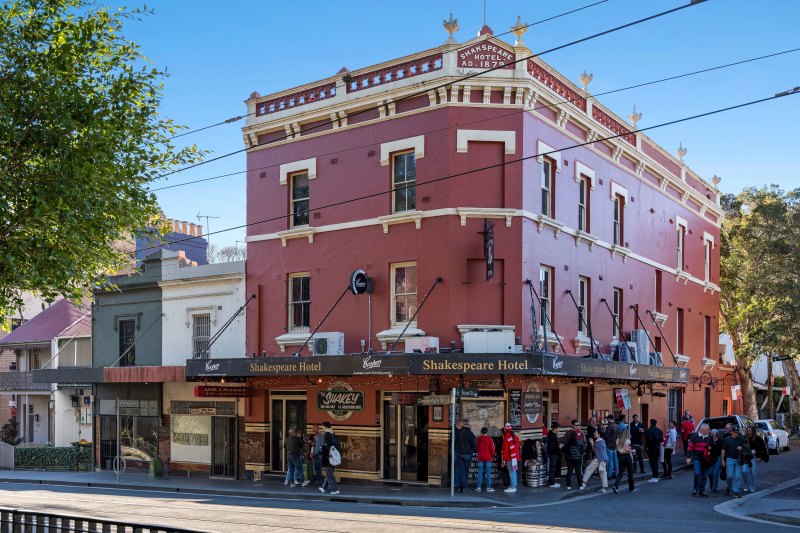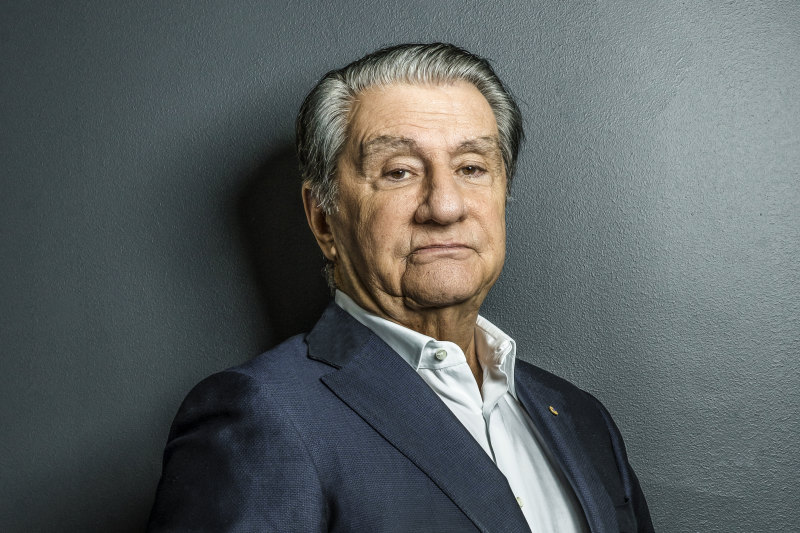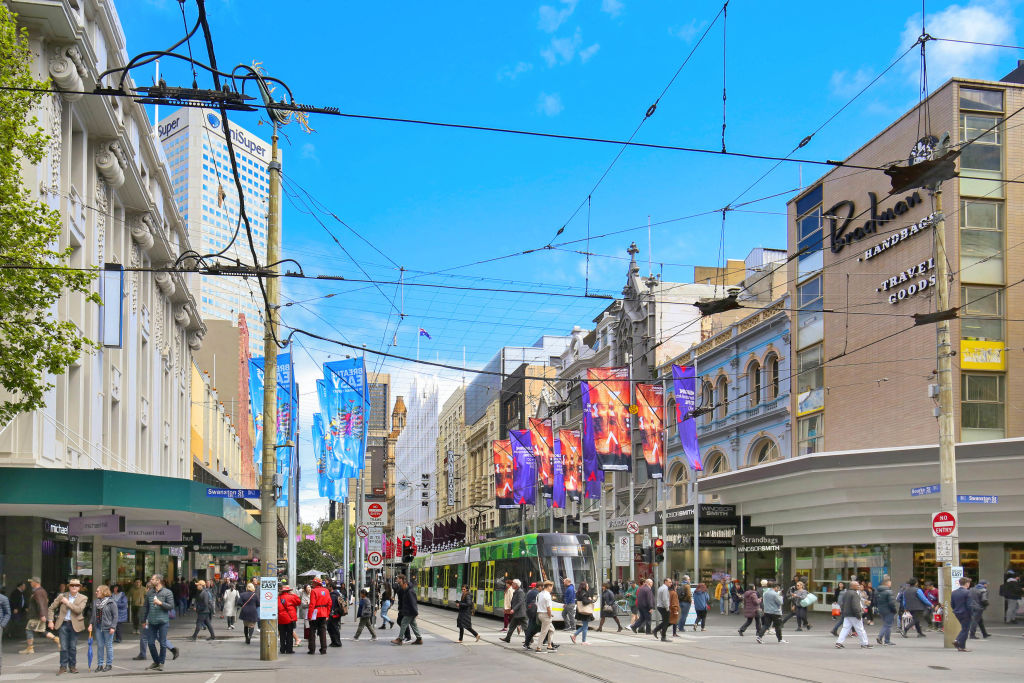
Vibrant CBD retail sector outperforms floundering office towers
Prime CBD retail precincts, especially in Sydney and Melbourne, are proving remarkably resilient to sky-high office vacancy rates as they benefit from robust tourism, the growing number of international brands, hospitality offerings and a calendar of events, new Ray White research shows.
In Sydney, the vacancy rate in the city’s retail core – the area bounded by Martin Place, Pitt Street, Park Street and George Street and including Pitt Street Mall – sits at just 5.4 per cent (as counted by Ray White head of research, Vanessa Rader) while the overall Sydney CBD office vacancy rate is more than double that at 11.6 per cent, based on the latest Property Council Report.
It’s a similar story in Melbourne, where the office vacancy rate jumped to 18 per cent from 16.6 per cent over the past six months, while vacancy in its CBD retail core – which includes Bourke Street Mall and portions of Collins, Bourke, Swanston and Elizabeth Streets – is nearly half that at 10 per cent.
“Backing this trend of retail outperforming office is the strong tourism story rather than the everyday office usage story,” Ms Rader said.
“Visitors are still coming into the city, so there is still vibrancy.”
Supporting the flow of people into the city to shop, eat and play are new restaurants, hotels and bars, packed sporting and cultural calendars, as well as cheaper parking options and improved in public transport.
Another key factor is the increasing number of international brands open boutiques in the Sydney and Melbourne CBDs to create destinational luxury precincts.
Luxury brands account for more than a quarter of all shopfronts in Sydney’s retail core (according to a February Ray White survey), while in Melbourne brands such as Leica, Bovet 1822, Swatch and Grand Seiko have all opened or are in the process of opening flagship stores.
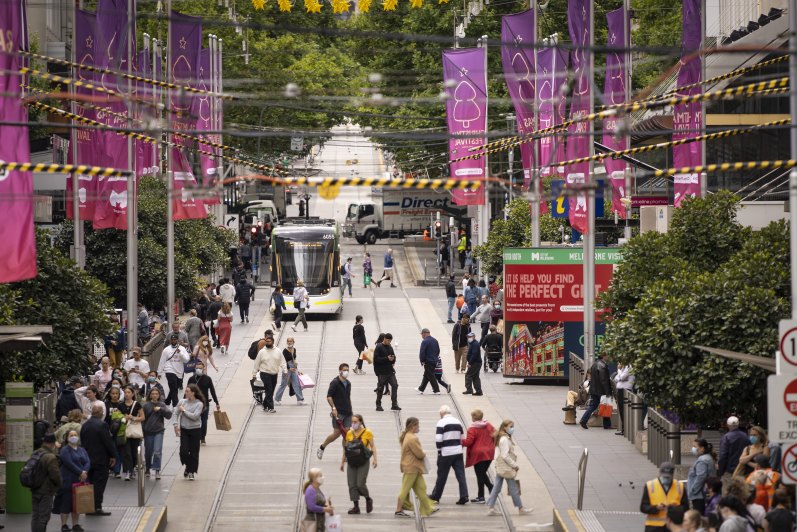
“It’s not all doom and gloom [in the Melbourne CBD],” Leica Australia managing director Ryan Williams said last month.
“There are still people in the city. Office occupancy may be down, but retail vacancy is returning to the historic average.
“We’re seeing this recovery in the footfall into our new flagship store.”
Grant Cohen, owner of Melbourne’s famous Block Arcade, said in February that foot traffic through the historic mall was well above pre-COVID levels from Friday to Monday, when tourists and locals flock to the CBD.
“We’re still down [on pre-COVID] Tuesday, Wednesday and Thursday, due to office workers not using the arcade to get from A to B,” he said.
Ms Rader said Melbourne faced the most significant challenges in office occupancy nationwide, with businesses struggling to entice employees back after prolonged pandemic lockdowns.
But, she said, retail had shown signs of revival, buoyed by a resurgence in tourism, a thriving student population, and increased evening activities.
“Improvements in transport, and parking costs which have fallen over the past two years, have also contributed to reinvigorating the CBD,” she said.
“Sydney’s retail resilience is bolstered by robust tourism, efficient public transport, and competitive parking rates, especially during off-peak hours.
“Daily parking rates, while reduced, remain high at $78, but evening and weekend rates are more attractive.”
While Adelaide and Perth’s CBDs also have lower retail core vacancy rates than their office sectors, in Brisbane and Canberra the reverse is the case.
Brisbane has the country’s lowest office vacancy rate at 9.5 per cent (according to the PCA report), but its retail core vacancy rate is much higher at 13 per cent, based on a count by Ms Rader.
Brisbane’s retail core comprises 277 shops bounded by Adelaide, George, Elizabeth and Edward Streets. It includes Queen Street Mall and Alfred Street Mall.
Ms Rader said Brisbane’s retail vibrancy had been hit by Myer vacating the southern end of Queen Street Mall.
“Occupancy is very high on Edward Street, where most of the luxury retails are,” she said.
Canberra, where 15.5 per cent of shops in its retail core are vacant, was more reliant on “bums on office seats” than other capital cities, Ms Rader said.
She added that Canberra’s CBD did not have the same tourism pull, whilst its town centre model meant locals did not come into the CBD to shop as much as they did in other capital cities.

